“The Fruit of your own hard work is the sweetest” is a quote by Deepika Padukone. This is especially true of these unusual beauties that you can grow in your own backyard! You may even have one of these varieties already on your property and not realize that the fruit is both edible and delicious!
No matter what zone you live in, take a look at our list below. You will be able to find one of these delicious fruit trees that will suit your climate. Their nutritious fruits can be eaten raw or cooked.
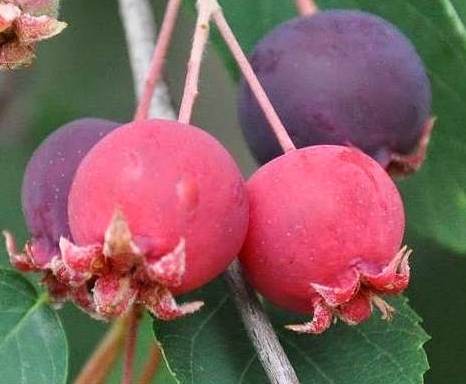
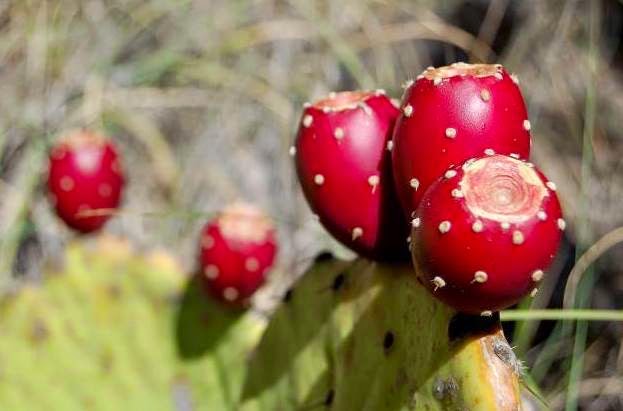
Amelanchier (Serviceberry): This gorgeous tree, Amelanchier Canadensis, is already well known in thelandscape community for its great bark, flowers, fruit and fall color. Its large bunches of showy red fruit is normally used to attract birds, but it is also a delicious fruit for humans. The dark red berries become ripe in June or July. To get them for yourself (before the birds devour them,) net the small tree in early summer. The fruit is great in pies and jams
Prickly Pear Cactus: The fruit of this plant are worth the work, once you get past the thorns! Long known as a staple of Latin American cuisine, the fruit of Opuntia englemannii, or tunas can be eaten fresh and also squeezed for the juice. The juice can be collected by peeling and mashing the ripe fruit and putting it through a strainer to remove the seeds. The juice can be used in jelly and candy and is high in antioxidants.
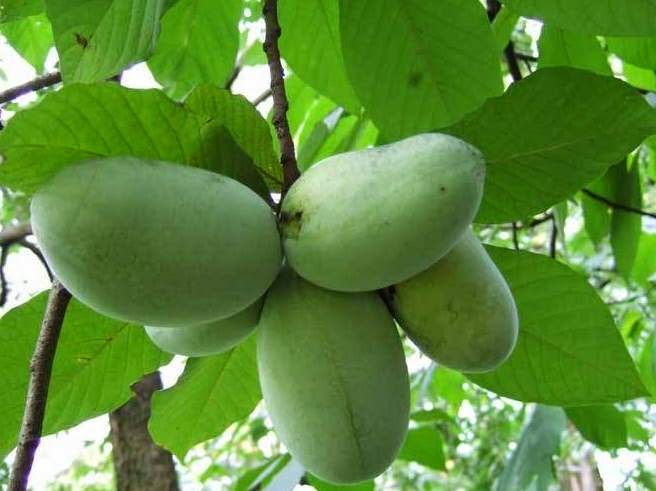

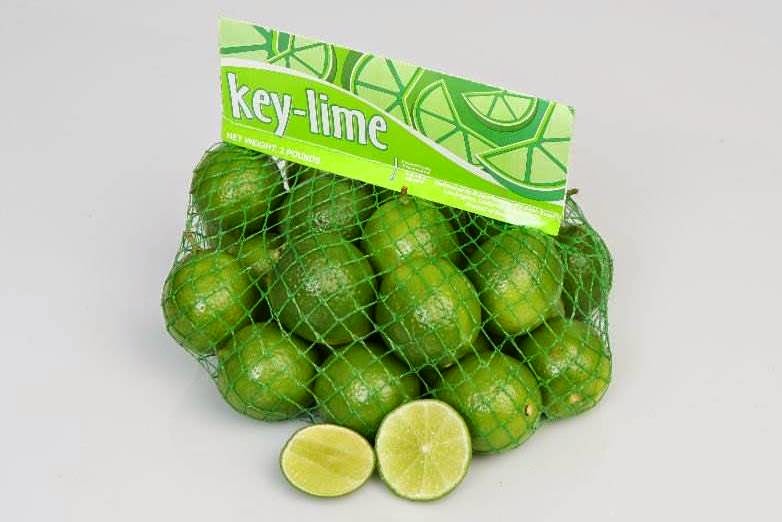
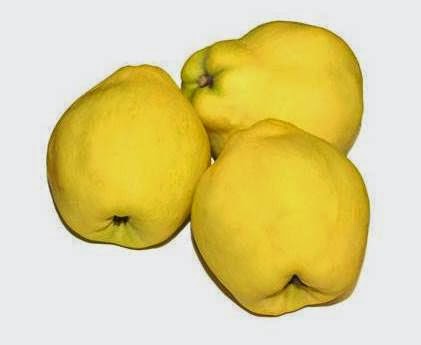
Paw Paw: The fruit of the Paw Paw, or Asmina triloba, is an unusually large and holds nearly a pound of flesh per fruit. This small woodland tree once ranged from the Florida panhandle and far west, but it has declined as its woodland habitat was destroyed. It is now seeing resurgence. Paw paws take nearly 5 years to fruit, so patience is a virtue when growing this beauty. Most paw paws are eaten cooked, or served in smoothies.
American Persimmon: (Dyospyros virginiana) is a small woodland tree ranging in a variety of soil conditions. Like Mulberries, persimmon trees are dioecious. This means that the male tree produces the pollen and the female produce the fruit. Unfortunately, you won’t find out until the time of fruit set. The fruit is a tart and fleshy, but delicious in pies and ‘persimmon pudding.’
Key Lime: Typically citrus grows in tropical climates- Zone 9 and warmer. In the Piedmont Region (zone 7/8) Citrus can be grown in a container and moved indoors during the winter months. Key Lime (Citrus aurantiifolia) also known as Bartenders Lime, is a shrub sized tree in its natural environment. The tart lime is the main ingredient to its namesake pie.
Quince: Quince or Cydonia oblonga, is actually a cousin to the apple and pear. The quince boasts a spectacular flower display in spring – with the fruits ripening in fall. The fruits are inedible when raw, so the yellow fruit must be cooked to bring out its full flavor and aroma. The tree will grow to 20’ tall at maturity. It is unfortunately extremely susceptible to fireblight.
Serve one of these unusual fruits at your next gathering and see the rave reviews!
About the Author:
Lori Hawkins, RLA, ASLA has been a registered landscape architect and active in the landscape design/build industry for over 25 years. For additional inspiring project pictures, design ideas, or great garden gifts, take a look at these websites:
HOUZZ: http://www.houzz.com/pro/hawkinsla/__public
FACEBOOK: https://www.facebook.com/pages/Hawkins-Landscape-Architecture/107145146130?ref=hl
GARDEN ART AND GIFTS: WWW.TriadGarden.com
DESIGN WORK PORTFOLIO: WWW.HawkinsLA.com
